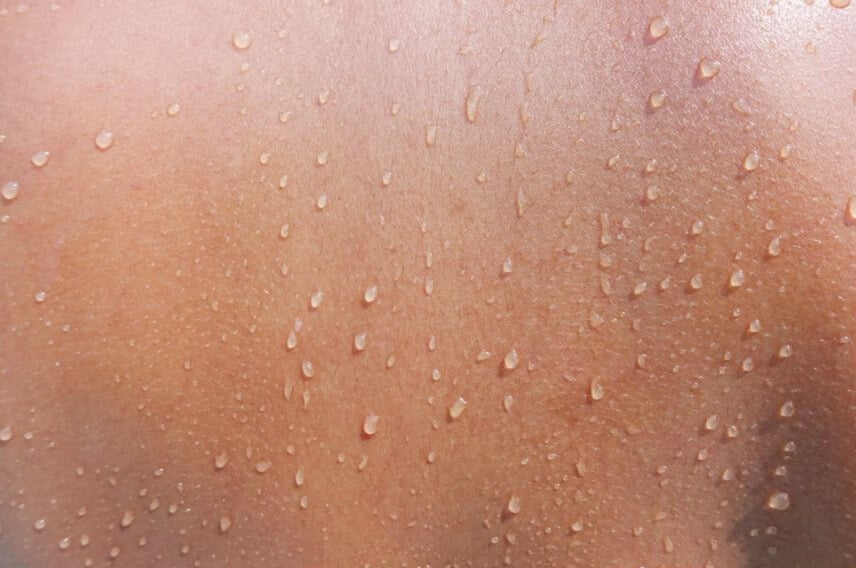
SAUNA USE FOR PERFORMANCE
There is a growing amount of evidence on the effectiveness of different post-exercise recovery techniques, including extended nights of sleep, passive heating —increasing the body's temperature without engaging in any form of exercise, like having a hot bath or sauna—cold water immersion, massage, and compression garments. A study on the recovery methods used by a group of elite endurance track and field athletes found the most used recovery methods to be sauna bathing (96.7%), massage (86.9%), daytime nap (81.0%), and long night sleep (at least nine hours) (61.4%). Massage and sauna bathing were the most employed methods of post-exercise recovery among Russian endurance track and field athletes. They were usually used alongside short daytime naps and long night sleep. Higher-tier athletes were more likely to use sauna bathing, massage, long night sleep, and daytime nap but not cold water immersion and compression garments as recovery methods [1].
In this article, we will discuss the main health benefits of sauna bathing according to science, the mechanisms that seem to be associated with such effects, potential risks and the recommendations of temperature and duration to practice sauna baths safely. And finally, a suggested protocol for enhanced muscle growth and recovery.

HEALTH BENEFITS OF SAUNA USE
Beyond the relaxing properties of a sauna bath, emerging evidence suggests that sauna bathing has many other health benefits, including reduced risk of high blood pressure, heart disease, stroke, and brain diseases, common flu, specific skin conditions, as well as pain-centred disorders such as rheumatic diseases and headaches [7].
Research has found that sauna exposure could boost the immune system; this partially explains why sauna baths reduce susceptibility to common colds and prevent infections in healthy adults. The effects of sauna bathing on these diseases could be partly mediated via oxidative stress reduction, as oxidative processes are known to be involved in developing several disease conditions.
PAIN RELIEF
Sauna bathing has been linked to improved pain and symptoms associated with musculoskeletal disorders such as osteoarthritis, rheumatoid arthritis, and fibromyalgia. Sauna bathing also improves headache disorders: a study conducted on 37 people with chronic tension-type headaches who were instructed to include regular sauna bathing for eight weeks showed substantially improved headache intensity [7].

HOW DO SAUNAS BENEFIT HEALTH: PROPOSED MECHANISMS
During a sauna session, the heart rate may increase from baseline to 120 to 150 beats/min. A review of the sauna use health benefits found that the physiological responses correspond to those produced by moderate- or high-intensity physical activity such as fast walking. These effects may induce a reduction in blood pressure, improvement in endothelial (arterial wall) function, reduction in oxidative stress and inflammation, beneficial modulation of the nervous system, improved lipid profile and arterial compliance, as well as improvement in the cardiorespiratory system [5,7].
HORMONAL EFFECTS OF SAUNA USE
The effects of body passive heating on hormones are remarkably variable and depend on individual features of the bathers. Circumstances and adaptation to sauna also influence the response. An increase in endorphin levels seems to be a main contributor to the feeling of well-being after sauna. Plasma stress hormones (e.g. cortisol) are increased as a response to heat stress, but the effect depends on test conditions. Adaptation to regular sauna use plays an important role in the reactions, which attenuate after frequent exposure [4,5]. A general trend is that higher humidity and temperature provoke a higher increase in cortisol [4]. Later in this article, we will also give you the recommended protocol with temperature and time to do it most safely and beneficially.

SAUNA USE AND SLEEP
Sauna use stimulates growth hormone, and given the role of this hormone in deep states of sleep (known as rapid eye movement, REM sleep), this could be how a sauna can improve sleep quality [7]. Sleep problems and lack of sleep are often associated with Alzheimer's disease and dementia. An increased risk of dementia was associated with frequent sleep disturbances in a study of middle-aged men from Finland during a 20-year follow-up. Findings from experiments that used warm water baths for passive body heating suggest that an increase in the body core temperature beneficially affects sleep, depending on the rise in body core temperature and the proximity to sleep. Potentially sauna bathing affects sleeping similarly. Finally, in a survey of middle-aged urban dwellers in Finland, sauna bathing was mentioned among the factors that were perceived to promote sleep [6].
ARE THERE ANY RISKS?
Although a major part of research on the effects of sauna bathing favours its benefits, one must remember that overheating the body could harm the brain. It is thus possible that during bathing at very high sauna temperatures (greater than 100 °C), the body core temperature rises high enough to harm cerebral blood flow. The elderly and other groups with compromised thermoregulatory control are especially vulnerable during severe passive heat stress and must beware of the risk [6].
Very few studies have indicated other adverse effects, mainly transient symptomatic low blood pressure, hypovolemia (low levels of blood or fluids in the body) and excessive urine production. It's important to note that these effects are usually reported in studies where participants have a heart, respiratory or rheumatologic and inflammatory condition. So, if this is your case, you should always look for medical guidance before incorporating sauna baths into your routine [5].
RECOMMENDED TIME PER SESSION
Conventional sauna sessions consist of short stays in the sauna room, followed by proper cooling-off periods [5]. The duration in the sauna room depends on the comfort and temperature of the sauna bather, but it usually ranges from 5 to 20 minutes. However, longer sauna bathing sessions may be used depending on the individual. Research suggests that beneficial effects are mostly obtained when practising within temperatures ranging between 80–99 °C, even being a protective factor against the development of dementia through the mechanisms mentioned above. Heat sessions greater than 5 minutes were related to reduced risks. On the other hand, high sauna temperatures of 100 °C or more may be risky for some [7].

SUGGESTED PROTOCOL FOR ENHANCED MUSCLE GROWTH AND RECOVERY
The increase of growth hormone release from sauna use can also enhance lean muscle growth and fat loss. In terms of how to practice sauna bathing for such results, studies have found that increasing sauna time or temperature correspondingly increases this hormone's release. Several studies have evaluated the release of growth hormone after different amounts of time and specific temperatures, which have shown an increase in the hormonal release. For example, two 20-minute sauna sessions at 80°C, separated by a 30-minute cool-down, resulted in a twofold increase in growth hormone release. While two 15-minute sauna sessions at a higher temperature of 100°C, also separated by a 30-minute cool-down period, generated a larger increase in GH of approximately fivefold. Another study including two one-hour sauna sessions at 80°C produced an impressive 16-fold increase in GH. In the latter, sauna sessions were performed during seven straight days, but the increase in growth hormone declined after the third day, which indicates that the total weekly sessions shouldn't be too many to maintain these effects. The study also mentioned that exercise and sauna seem to have a higher effectiveness when combined, suggesting that sauna use after exercise is the most promising way to induce lean muscle growth [2,3].
In a study performed on elite endurance athletes, most participants engaged in sauna bathing in 30–60-min sessions 1–2 times a week. However, no information regarding the cool-down time and temperature was included [1].
FINAL THOUGHTS
Many athletes are currently including sauna baths in their routines, and the information gathered shows many benefits associated with this practice—not only limited to performance. If you have access to sauna baths, it can be a great post-exercise recovery option to test out for yourself. Remember that those with heart or pain/inflammatory conditions should seek medical guidance first.


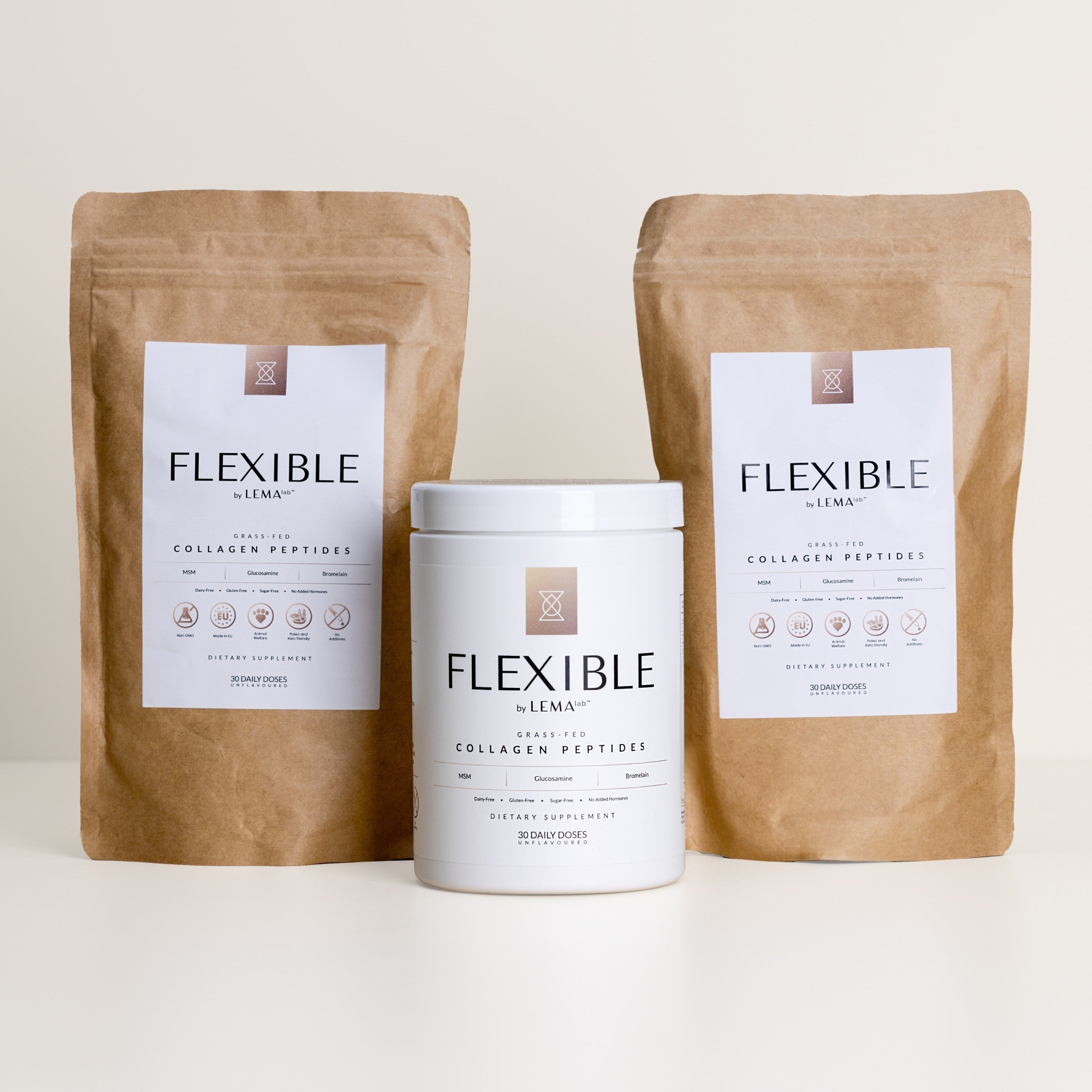
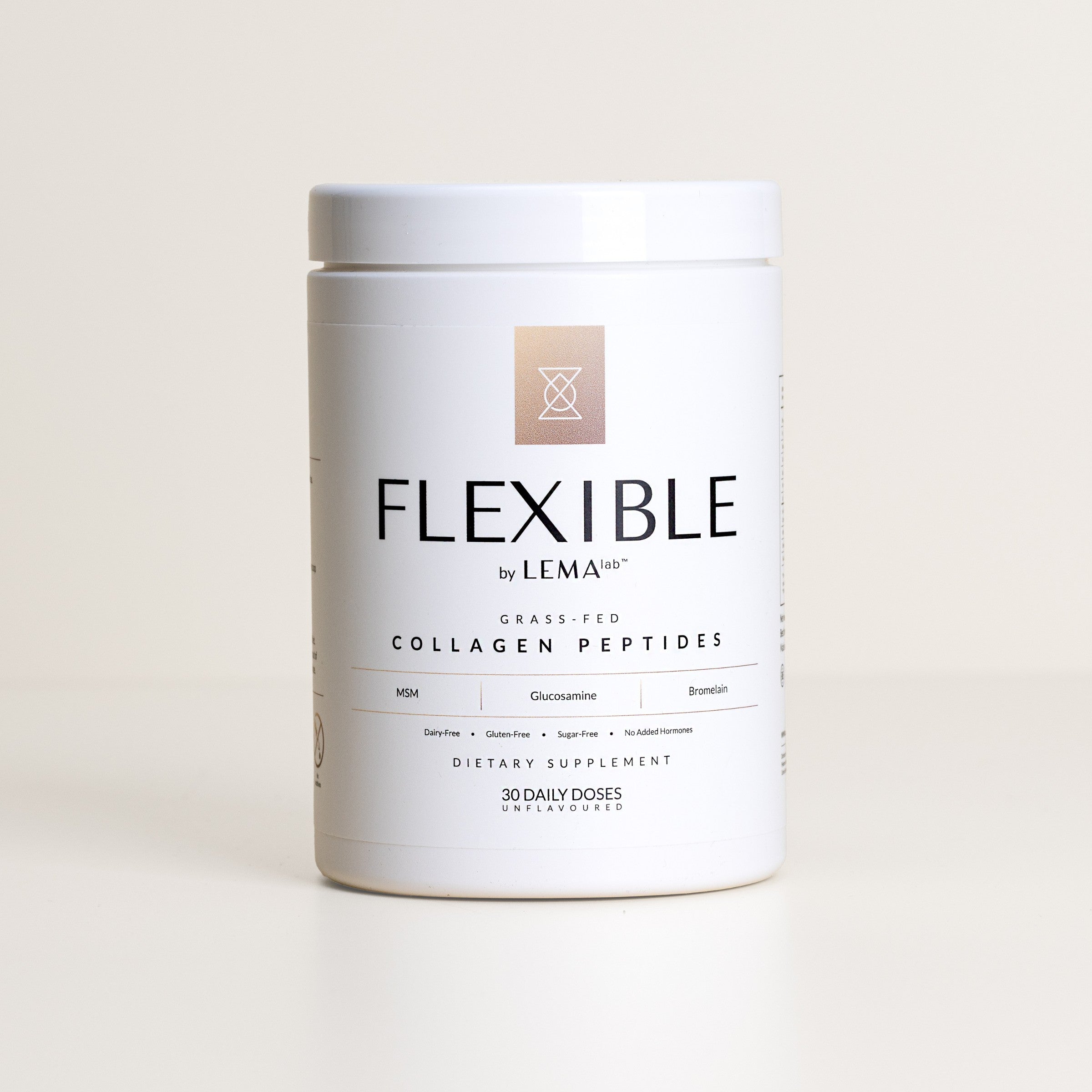
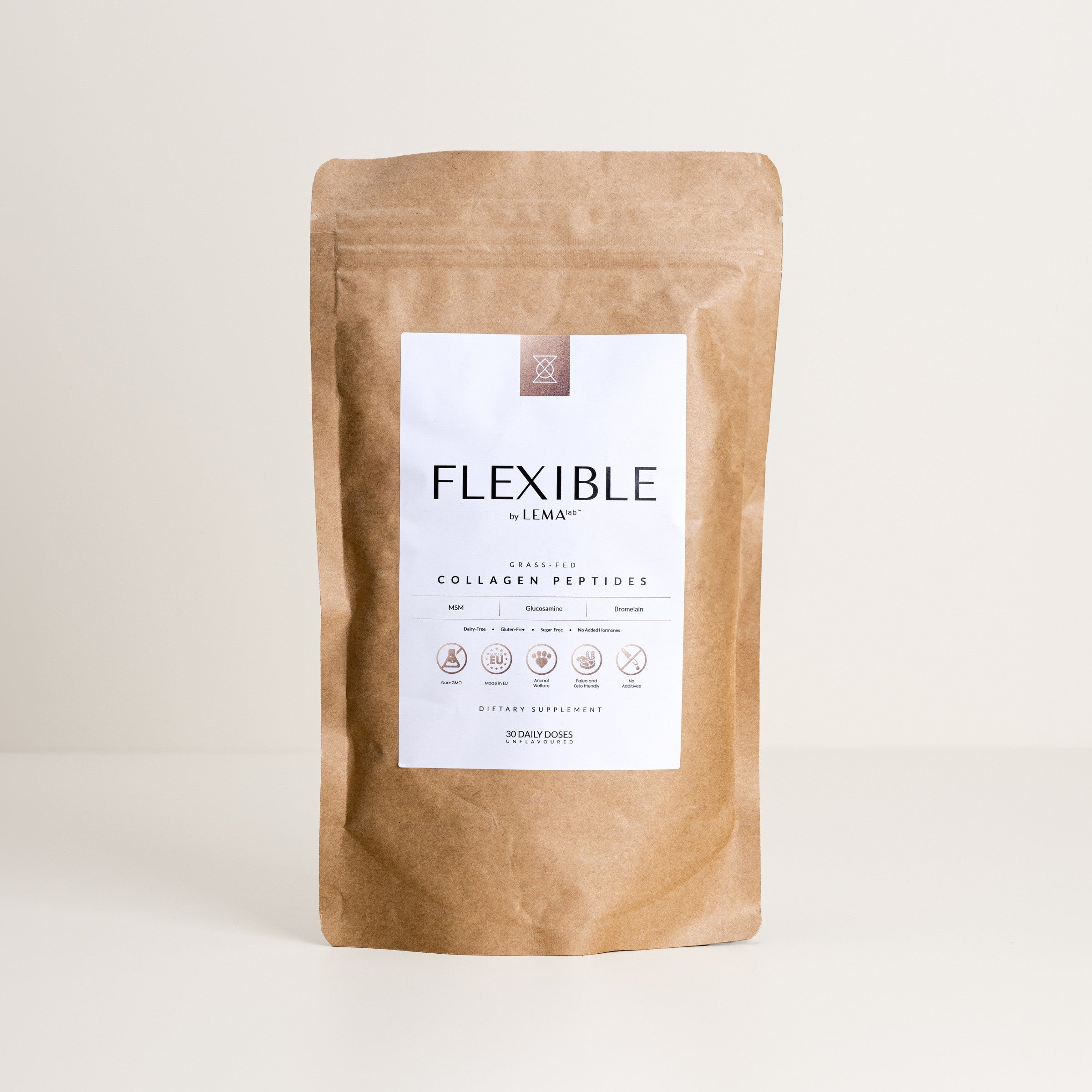
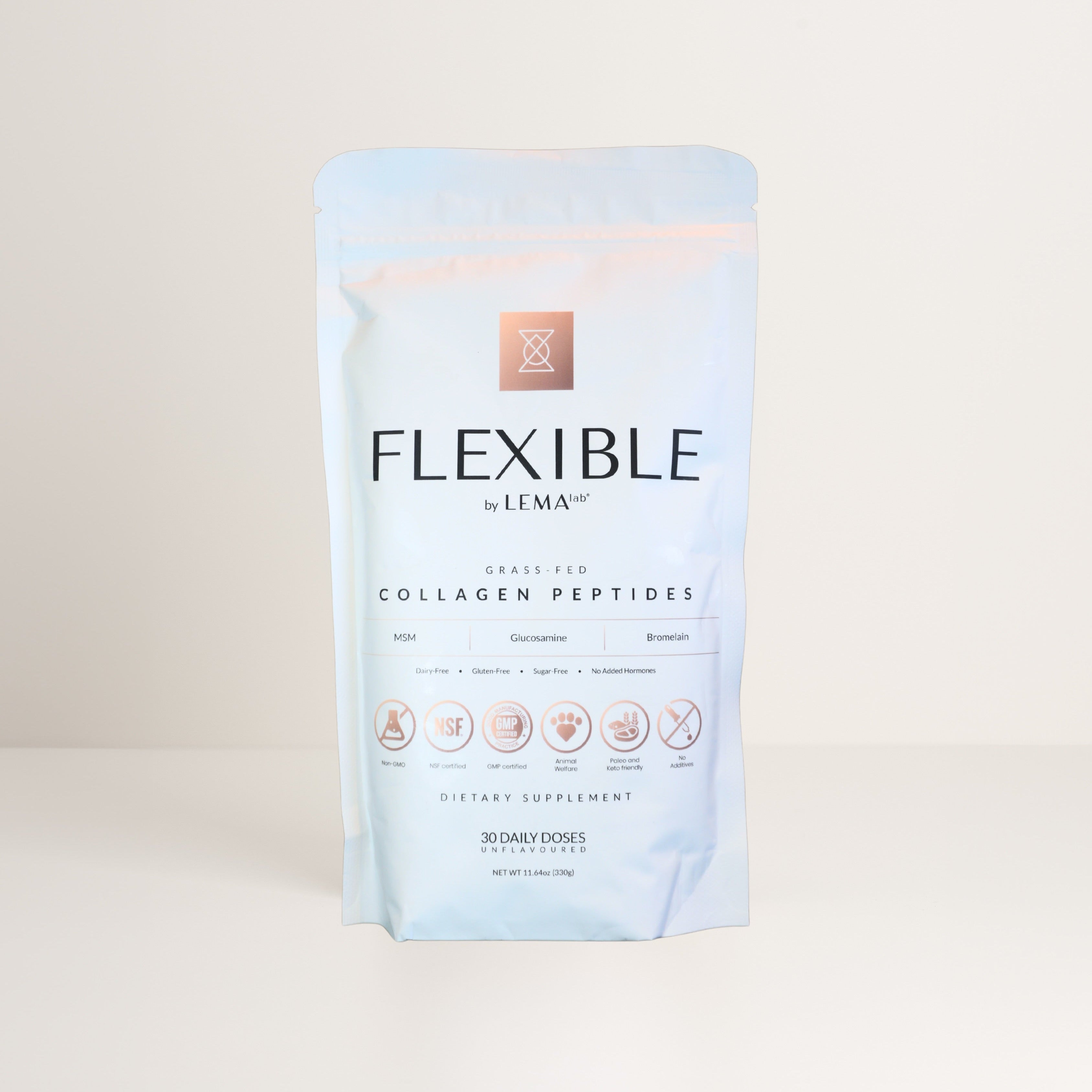
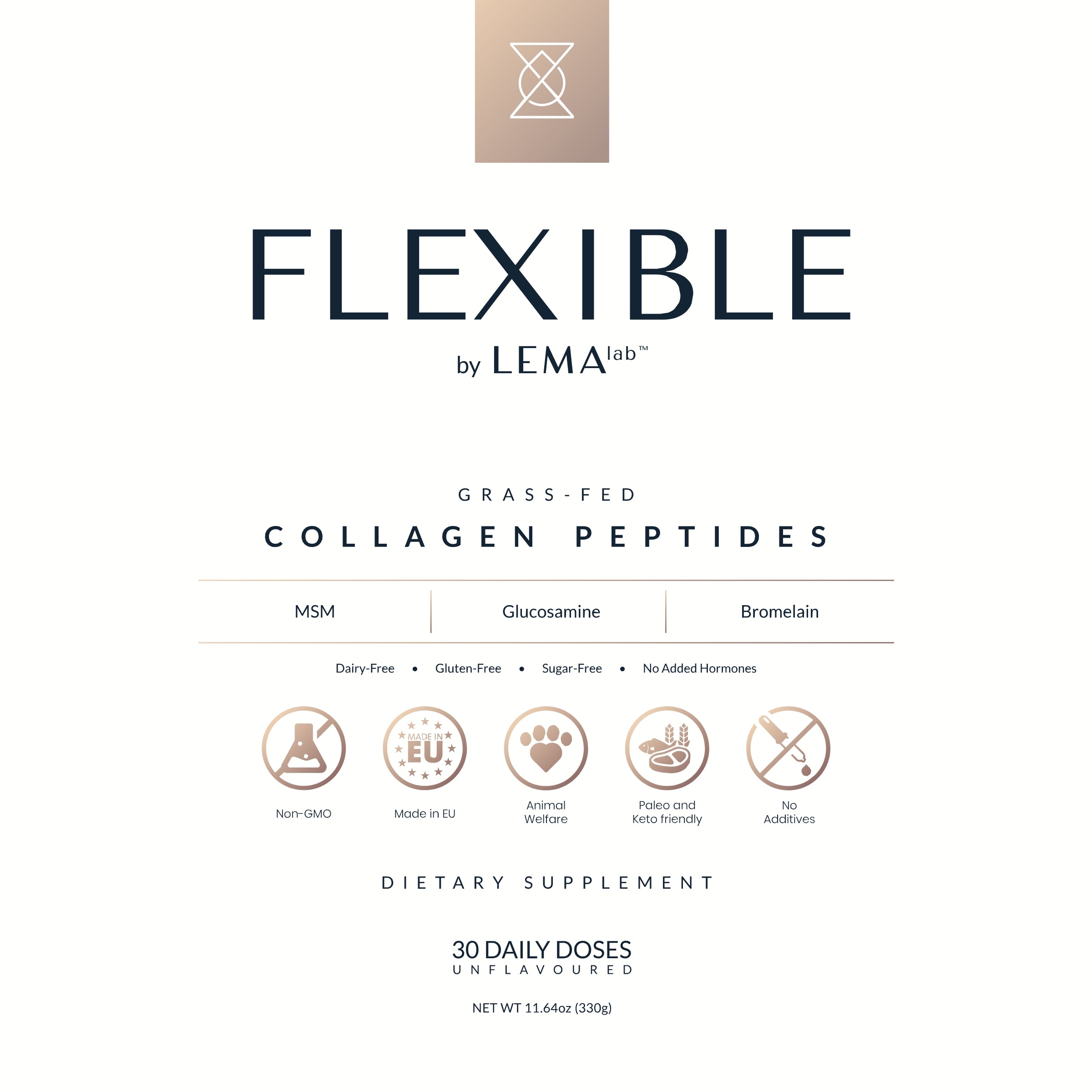
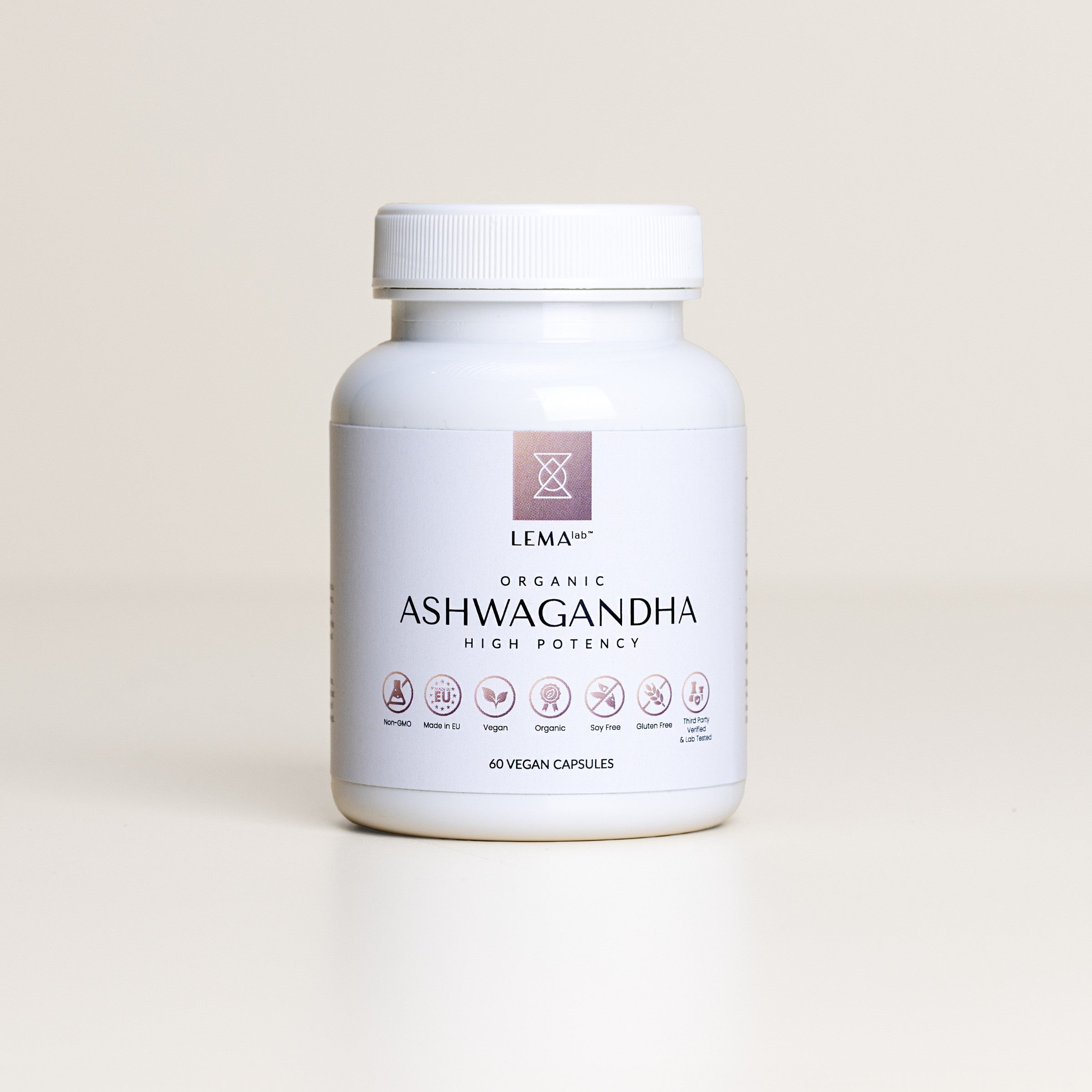
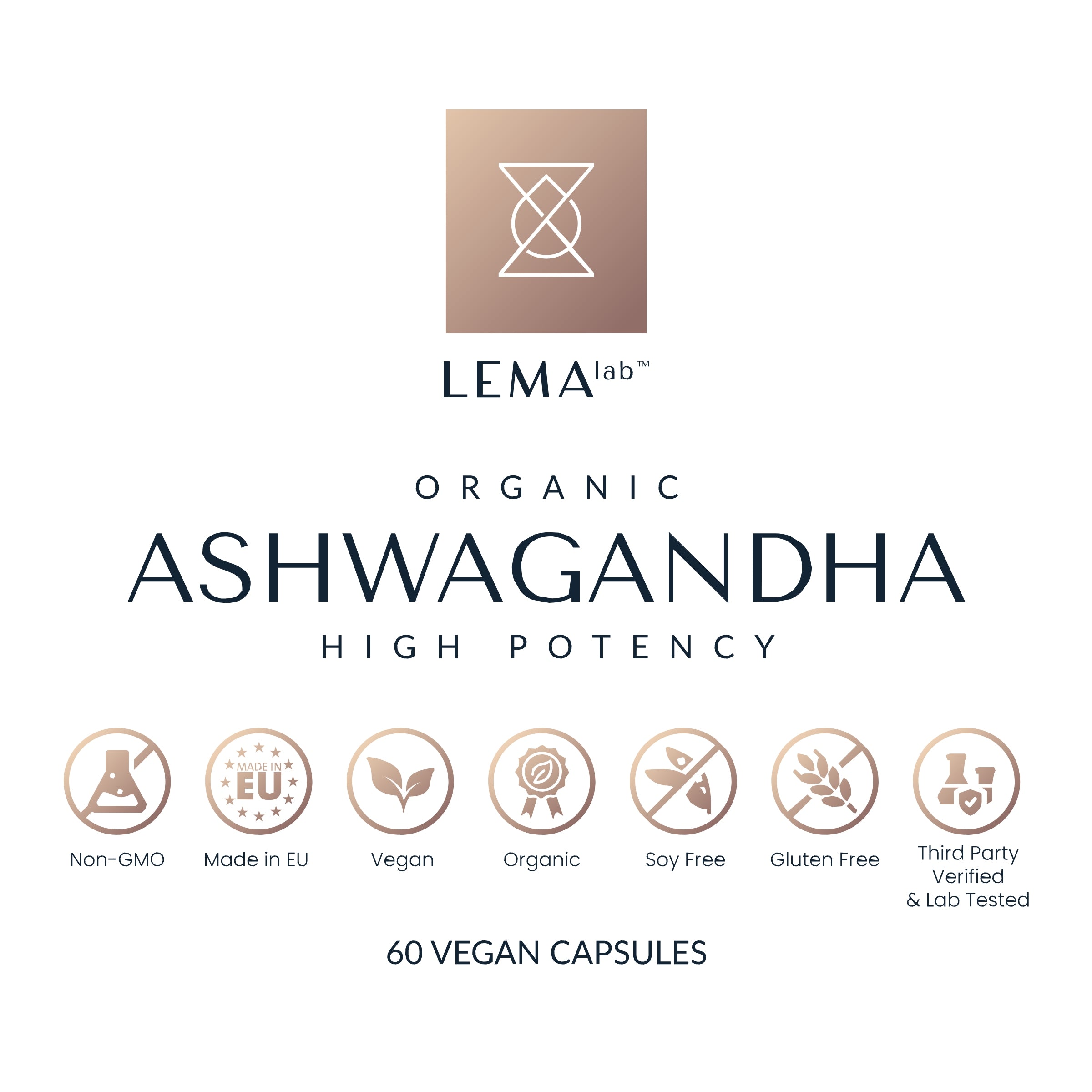
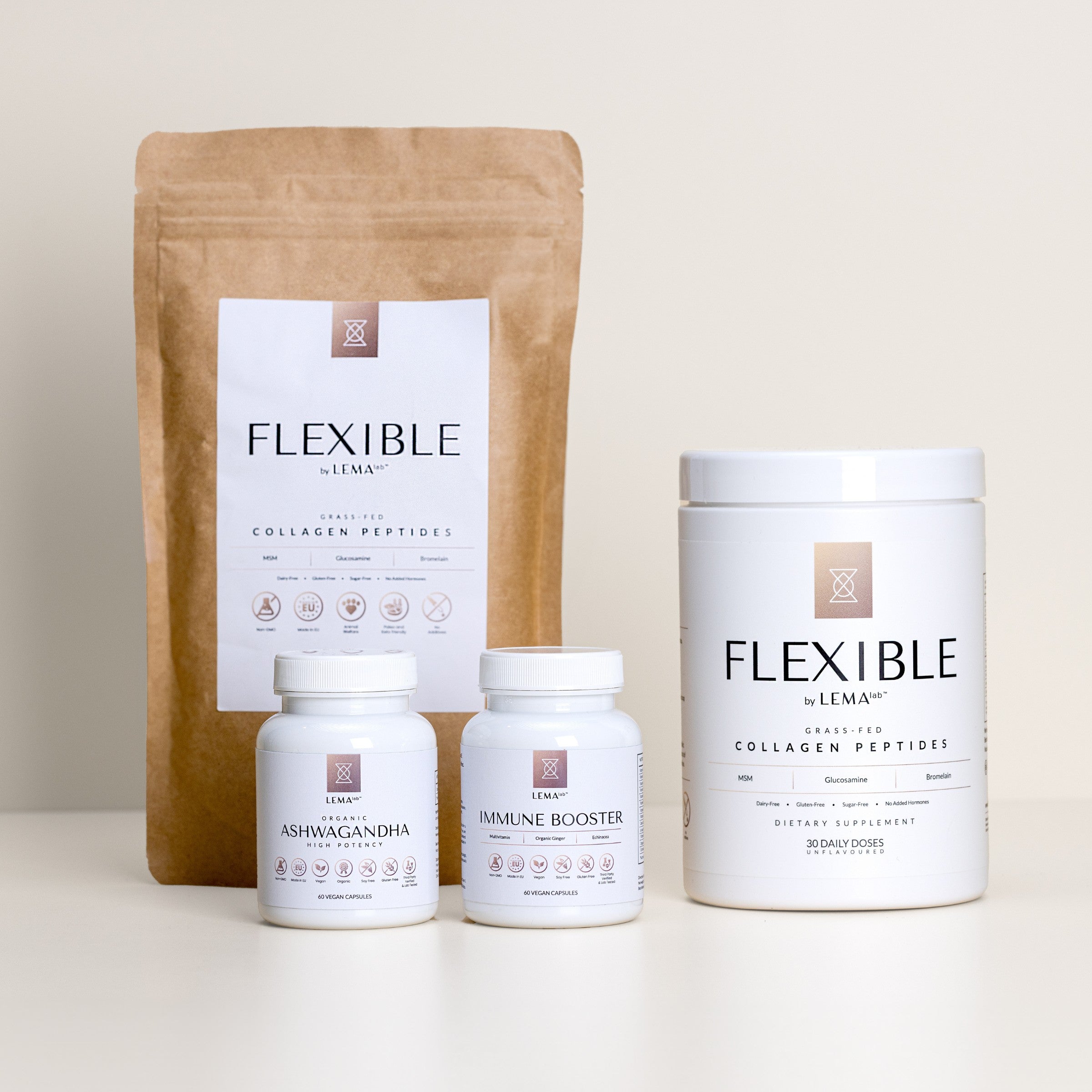

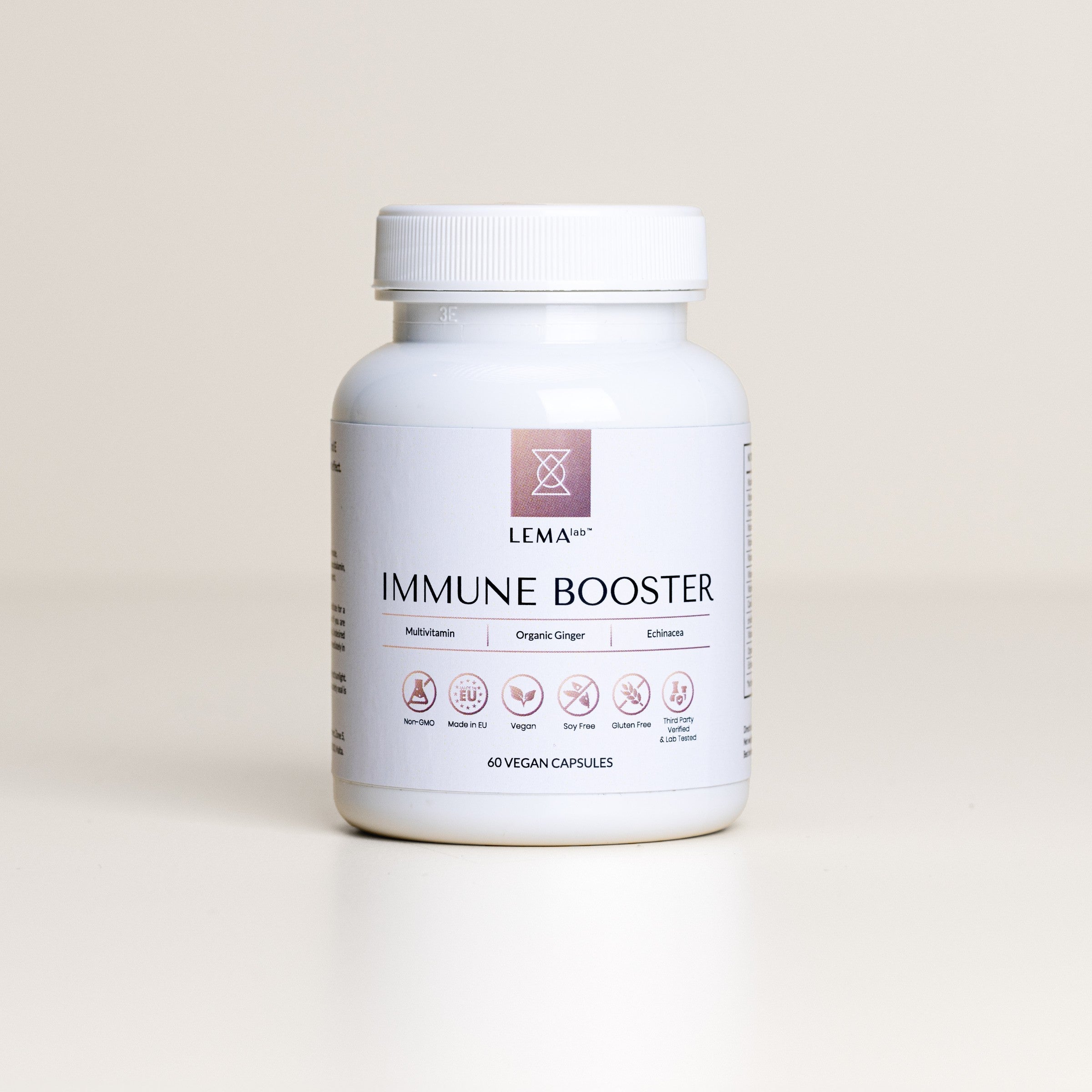
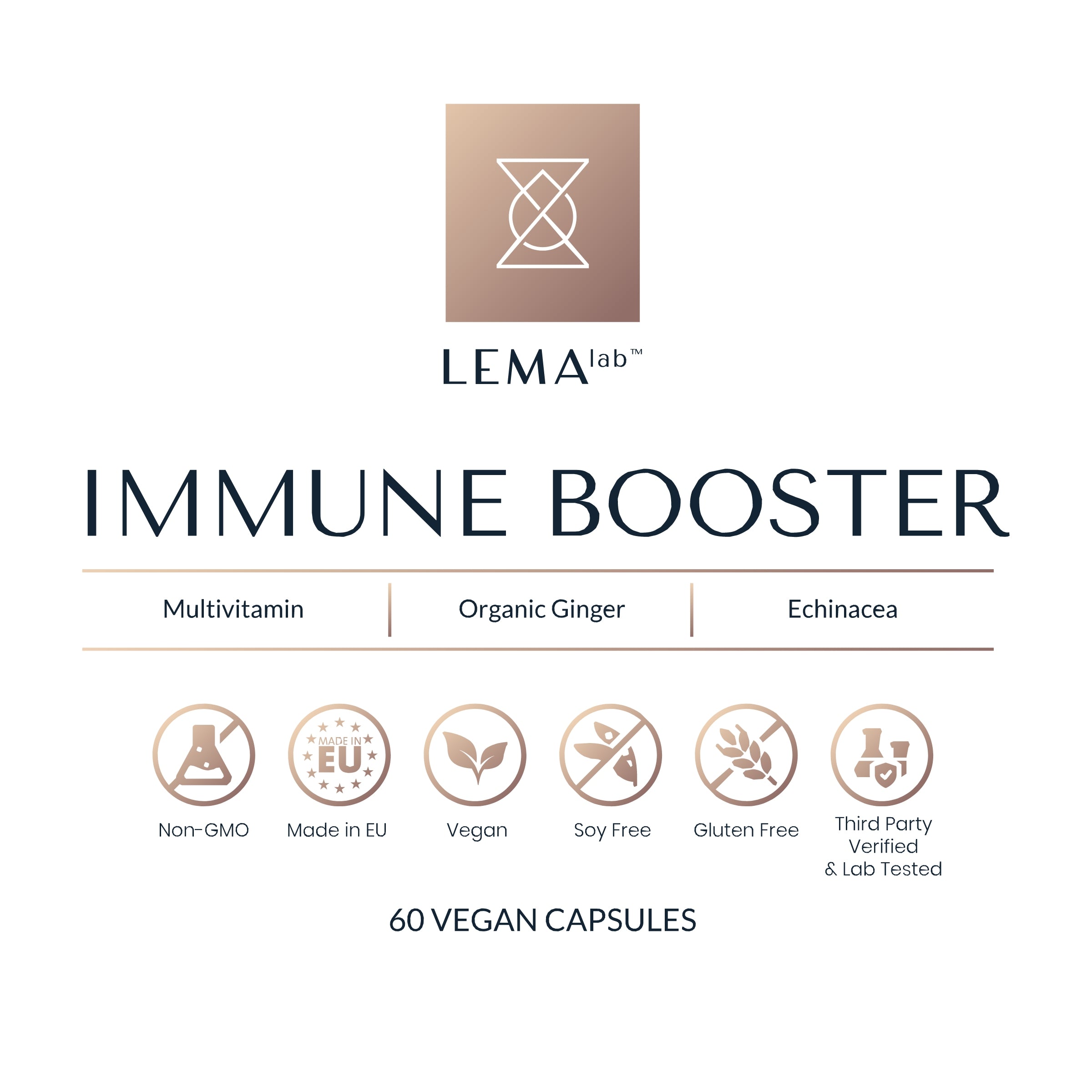
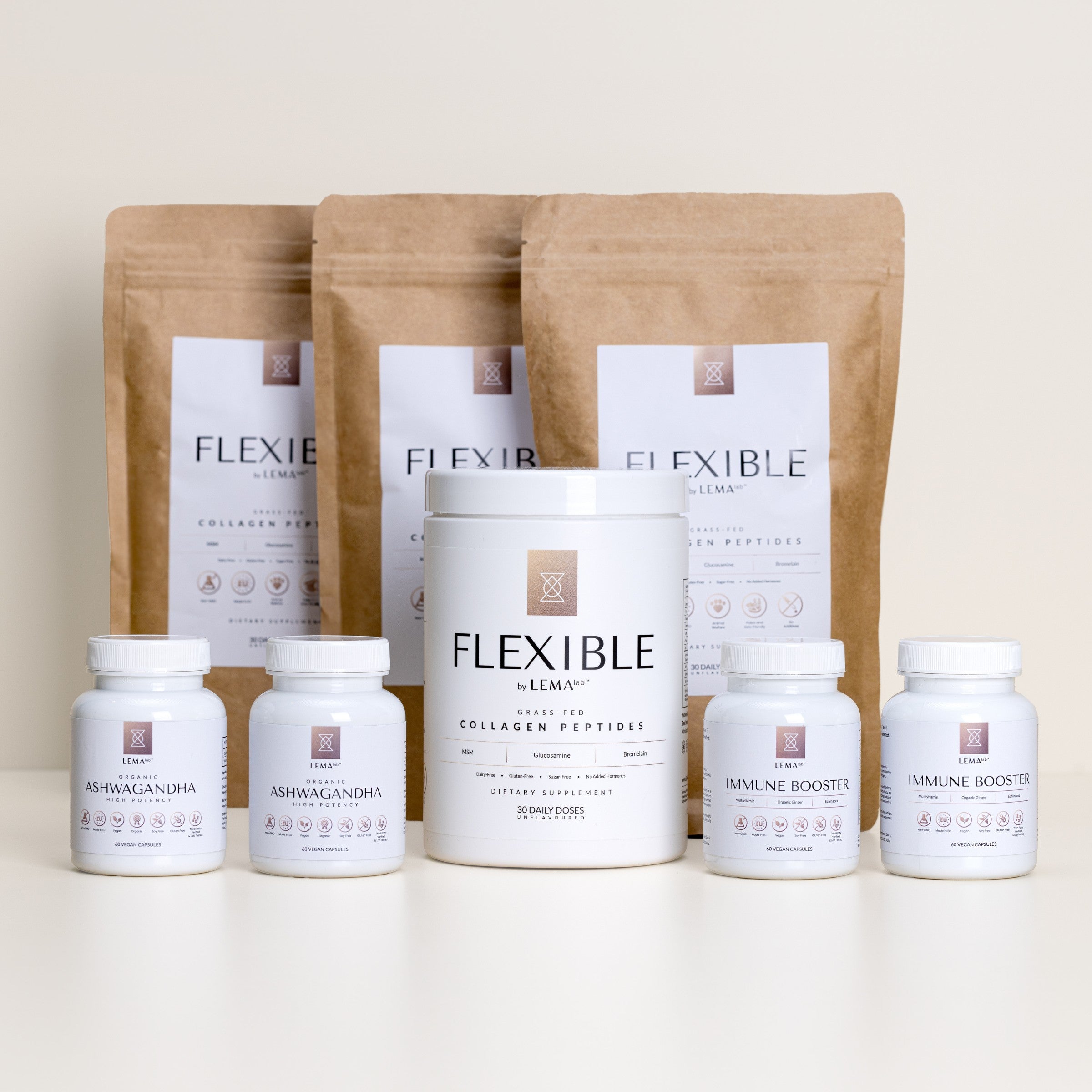
Leave a comment
This site is protected by hCaptcha and the hCaptcha Privacy Policy and Terms of Service apply.